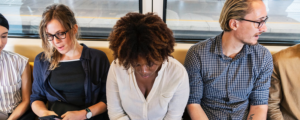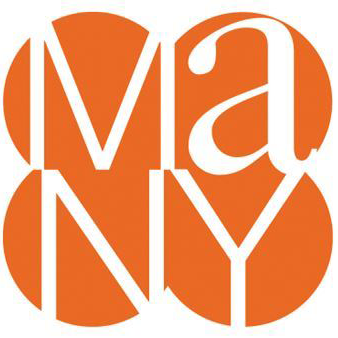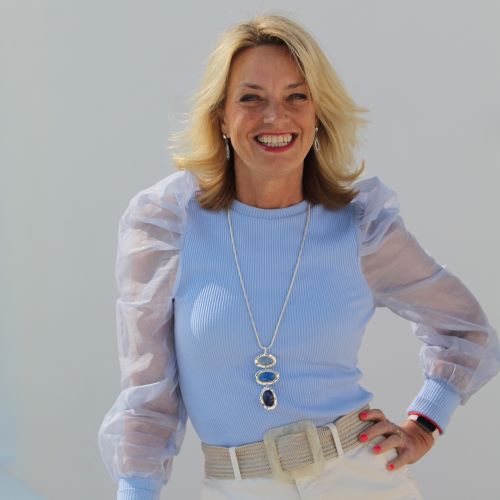2019 MANY Conference Series Episode 3
Episode 129
We recently attended the 2019 Museum Association of New York annual conference and spoke with attendees from all over New York State representing all types of museums and cultural institutions. I talked with folks from 21 different museums and cultural institutions about how they are creating inclusive environments, attracting new audiences and fitting within the tourism fabric of their community. We used these great insights to create another Museum Series (see last year’s series here) with five episodes filled with knowledge. Through this series, I hope you will find a new perspective on this important segment of the tourism industry.

In this episode, I share my conversations with:
- David Hutchings, Executive Director of Sonnenberg Gardens and Mansion State Historic Park
- Jonathan Maney, Executive Director of Hyde Hall
- Cherese Wiesner-Rosales, Director of The Vestal Museum
What You Will Learn in This Episode:
- How the Sonnenberg Gardens and Mansion State Historic Park is using innovative programming and presentations to promote inclusivity and draw a more diverse audience.
- How Hyde Hall is using its historic lighting, including vapor-lit chandeliers, to become a one-of-a-kind destination for visitors from all over the world, as well as a desirable location for TV and film.
- How the Vestal Museum is making efforts to be not just a historical site and museum but also a center of and showcase for music, arts and culture for the town of Vestal.
Sonnenberg Gardens and Mansion State Historic Park
David Hutchings shares the history of the Sonnenberg Gardens and Mansion State Historic Park in Canandaigua, New York, sharing how the home was built in 1887 to be the summer home of Frederick Ferris and Mary Clark Thompson. After her husband Frederick died in 1899, Mary Clark Thompson toured gardens around Europe for inspiration to redesign the mansion’s own gardens as a tribute to Frederick. David speaks about his organization’s efforts toward inclusivity through programs designed to connect with many different people of many backgrounds, including an upcoming performance by an African-American women’s gospel choir covering the stories of women’s suffrage, slavery and Abolition. He discusses upcoming horticulture programs including one on climate change and the local landscape. David shares efforts to attract new, younger audiences to the gardens, including a Moonlight Stroll series with musical performances. He discusses the significant role the Thompson family played in the development of the local community and the contributions they made throughout the region. David shares future plans for the continual development of the site.
Hyde Hall
Jonathan Maney describes the history of Hyde Hall in Cooperstown, New York, a fifty-room British-American limestone mansion with a remarkable view and a fascinating history. Jonathan explains how inclusivity at Hyde House goes beyond accessibility for physically impaired guests to also include a variety of programs and events with an intent for outreach. He describes a partnership with the Cooperstown Graduate Program that engages the students to do research and conduct interviews with people who worked at Hyde Hall. He shares how Hyde Hall has been working with Cornell University to digitize the Clarke Family documents and share them online. He also discusses how events have been key to attracting diverse audiences and younger people. He explains how Hyde Hall is working to restore its kitchens and ultimately offer cooking classes there, and he shares efforts to create an engaging experience for visitors. Jonathan also explains efforts to partner with other museums, festivals, restaurants and historic hotels in the area. Jonathan explore the importance of working with local craftspeople to restore the original lighting that was used in the home in the 1800s, and how the lighting has been a significant factor in creating an authentic, memorable experience for visitors. He shares how the lighting and atmosphere of Hyde Hall have made it a significant filming location for major TV series and movies.
The Vestal Museum
Cherese Wiesner-Rosales discusses the role the Vestal Museum, a former train depot converted into a museum, plays in preserving the culture and history of the town of Vestal, New York. She shares the museum’s efforts to promote inclusivity by engaging the history of the local Native American tribe and creating an exhibit, as well as a lacrosse exhibit to draw in new audiences. Cherese explains how the museum is working to become a living space, music and art venue and a draw to many different ages and cultures. She discusses how the museum is working to become a tourism anchor for Vestal, including making efforts to move the museum back to its original location and create a proper historic district for the town. She shares the effort the museum is making to build funds and develop grants to physically move the museum in the future.
Overview
For each of these organizations and destinations, thinking outside the box and leaning into the distinctive characteristics and offerings that make these locations unique has been instrumental for helping engage new audiences and expanding their reach. Ongoing inclusivity efforts through programs and exhibits that connect the history of these locations to the diverse society we live in today have been an important part of their efforts as well. A broad selection of programs that engage many different kinds of people across ages and ethnic backgrounds will be instrumental in their continued audience-building success going forward, truly highlighting the important role inclusivity can play for the travel and tourism industry at large..
Resources:
- Sonnenberg Gardens and Mansion State Historic Park website: www.sonnenberg.org
- Hyde Hall website: https://hydehall.org/
- The Vestal Museum website: www.vestalmuseum.org
We value your thoughts and feedback and would love to hear from you. Leave us a review on your favorite streaming platform to let us know what you want to hear more of. Here is a quick tutorial on how to leave us a rating and review on iTunes!







